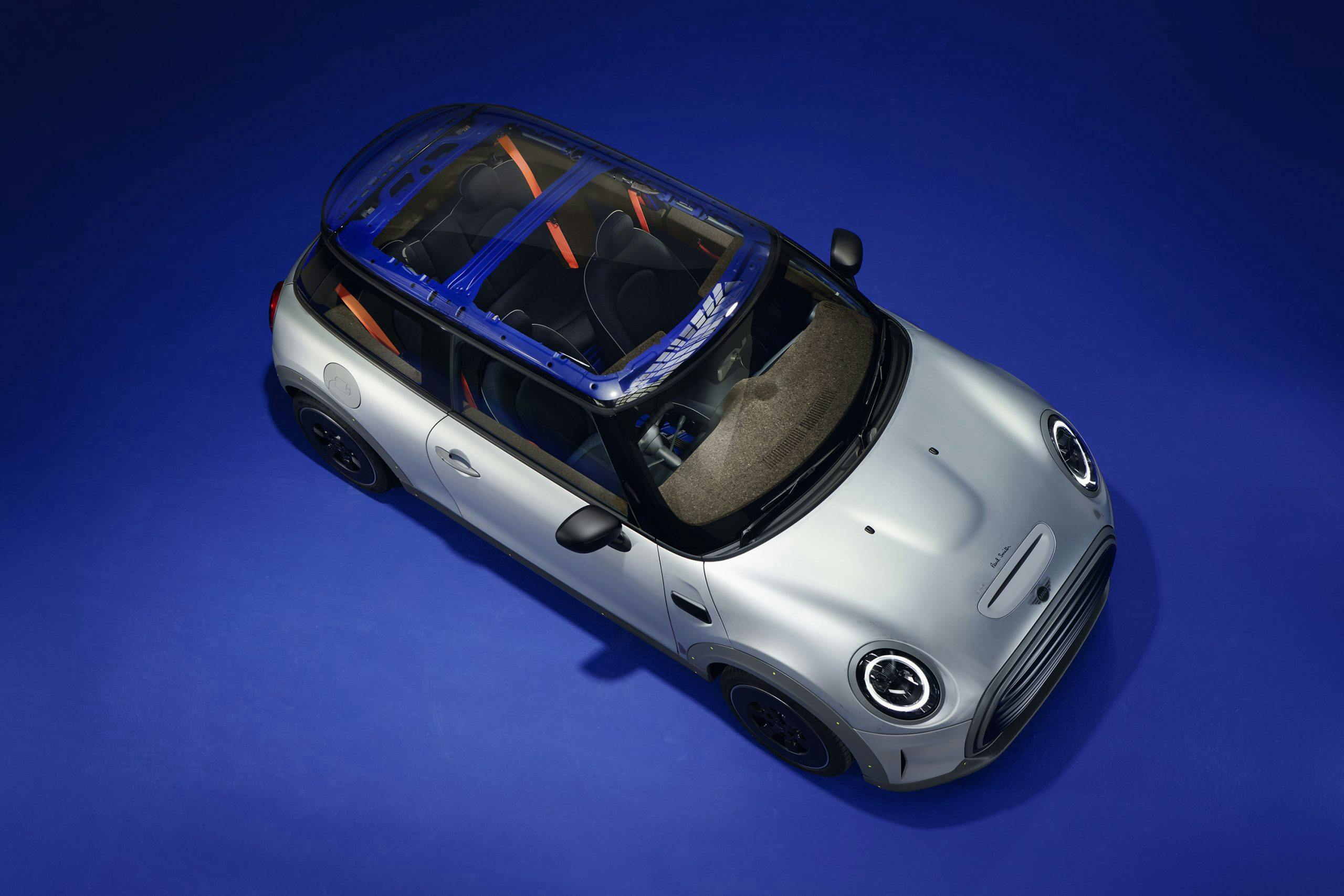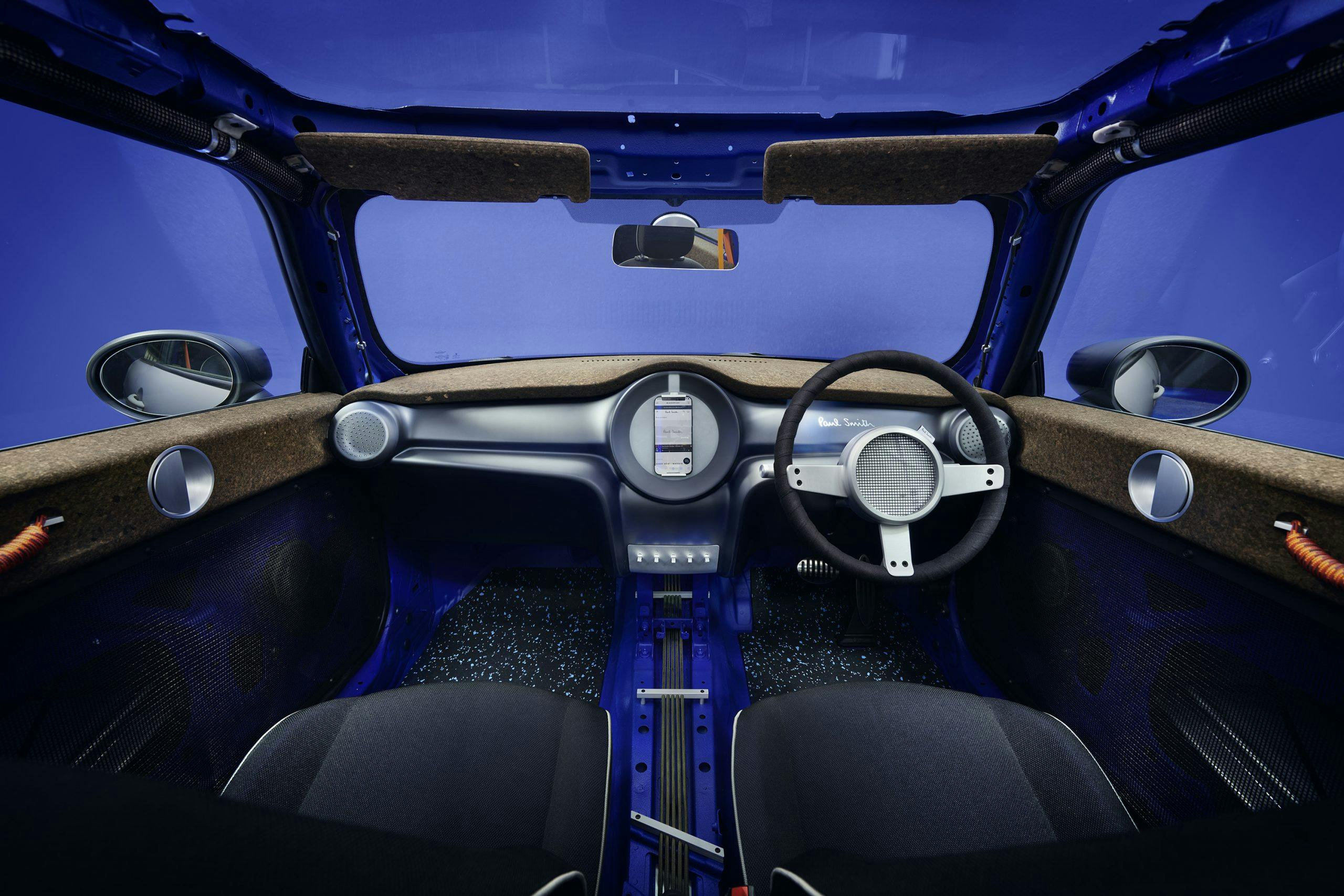Media | Articles
Integra returns in ’22, U.K. designer strips a Mini, a 17-mph plastic Supra
Acura is bringing back the Integra in 2022
Intake: As if the reveal of the NSX Type S at Monterey on Thursday evening weren’t enough, Acura used a lighted drone show to make a surprise announcement: It’s bringing back the Integra in 2022. Acura vice president and brand officer Jon Ikeda offered no details afterward, but he was clearly thrilled to confirm that it is happening. The Integra was one of Acura’s launch models in 1986; original production ended in 2006. In a statement released later, Ikeda promised the two-door will have “the same fun-to-drive spirit and DNA of the original.”
Exhaust: The return of the Integra has been rumored for years, so as production closes on the second-gen NSX, the timing couldn’t be better for Acura. It was hard to tell whether people were more excited about the drone show or the announcement, but if the new Integra lives up to its iconic ancestry, it could become the fun car of choice for a new generation of drivers.
Paul Smith strips a Mini
Intake: British fashion legend Paul Smith has got his hands on a Mini once again. However, instead of applying his usual trademark stripes Smith has actually undressed the car to produce the Mini Strip. Taking the principles of simplicity, transparency and sustainability Smith started by stripping down a Mini Electric to the bare metal. Instead of painting the exterior it was simply clearcoated for protection, leaving visible welds and grind marks. The roof is recycled Perspex, and the material is also used for the grille trim and aerodynamic wheel covers. The interior is extremely minimalist, with lots of exposed metal, cork dash and door cappings and seats made from recyclable fabric. A final touch is a steering wheel wrapped in bicycle handlebar tape as a nod to Smith’s fondness for pedal power.
Exhaust: It’s good to see a factory-backed Mini project that embraces minimalism for change. When it comes to this British icon, less really is more.
Pikes Peak International Hill Climb abandons motorcycle classes

Intake: Those following the Pikes Peak International Hill Climb in recent years have noted an intensifying debate surrounding keeping motorcycle racers on the hill after a handful of deaths in recent years have lead to questions about rider safety. Following a decision to pause motorcycle classes for 2020, the board has reached a decision to remove bikes from the competition roster once and for all. “This has been a long process and a difficult decision, but we believe it is the right decision and one that is in the best interest of the organization at this time,” said Pikes Peak racer and interim board chairman, Fred Veitch. Over its 100-plus-year history, Pikes Peak has claimed six lives: three motorcyclists after the track was paved (one other rider passed in the dirt era).
Marketplace
Buy and sell classics with confidence
Exhaust: Just how deadly should we allow motorsports to be? Pikes Peak has made no attempt to disguise its sky-high stakes, even flaunting its lack of guard rails upon occasion. Contestants (especially those on two wheels) are well aware they take their lives in their hands. For some, the very real chances of injury and death are part of the mountain’s allure. Pikes Peak is also one of those rare events—Isle of Man, Baja, and Dakar also come to mind—that do not host spectators. The dynamics at play here, then, are different than those that forced the cancelations of Group B and the Mille Miglia. Forbidding bikes from Pikes Peak competition doesn’t inherently make the race safer for any of the other contestants, nor does it address the crumbling pavement that has led to some of the incidents.
This brick-built Supra actually drives

Intake: Visitors to Legoland Japan are in for a JDM treat as a full-scale Toyota GR Supra model goes on display. The car is a replica of the latest 35th Anniversary Edition GR Supra and looks incredibly accurate despite being made from building blocks that aren’t exactly known for their curves. The builders used 477,303 bricks to produce this Supra, which is no static showpiece—thanks to an electric motor it actually drives at up to 17 mph. The car will be on show next to a real Supra at Legoland Japan until October and then it will make special appearances at Super GT races.
Exhaust: What a brilliant bit of brickwork! The attention to detail is incredible, and the fact that it’s actually engineered to to move is even more amazing. That said, we can’t imagine wanting to sit in those brick seats and push on brick pedals for long.
Hyundai’s Alabama manufacturing facility clears 5 million vehicles produced

Intake: Hyundai just announced that the five millionth vehicle just rolled off the line at its Alabama manufacturing facility. What’s more impressive than a number that large? How little time it took them to get there. That facility came online in May of 2005, meaning they cleared five million units in less than 17 years. The special vehicle taking the honor was one of the new Santa Cruz trucklets. That facility has seen many models roll through its lines over the years, including more than 2.5 million Sonatas, nearly 1.5 million Elantras, more than 900,000 Santa Fes, nearly 37,000 Tuscons, and nearly 1800 Santa Cruzes.
Exhaust: Build great products, and your facilities shall always remain busy. Everything that we’ve driven from Hyundai as of late has been downright impressive, and we’re expecting the Santa Cruz to continue that trend. Naturally, we also love seeing numbers posted from facilities employing American workers with good jobs. Here’s to the next five million, Hyundai.
Martin Valkyrie lands topless at Monterey

Intake: Ever wanted to cozy up to an 11,100-rpm Cosworth-built V-12? Aston Martin has now provided such an experience. A topless version of Gaydon’s 1139-hp hybrid hypercar just landed at the Pebble Beach Concours d’Elegance, boasting Venturi tunnels that run the length of its carbon-fiber body and help this wingless beauty produce over 3000 pounds of downforce at 149 mph in Track mode. Should time and law allow, you’ll be able to hit 205 mph with the carbon-fiber roof panel removed and stowed. Deliveries are expected to being in the second half of 2022.
Exhaust: You can take Aston Martin at its word when it promises that the Spider delivers LMP1-levels of performance. If that promise twists a knife in your motorsports-loving heart, you have our sympathy: As recently as January of 2020, Aston Martin planned to enter a version of the Valkyrie in WEC’s Hypercar class, designed to replace LMP1 as the top tier of prototype competition. After Lawrence Stroll bailed out the ailing company in February of 2020, Aston Martin axed its WEC Hypercar plans. The 85 lucky people who bought a Valkyrie roadster have apparently gotten the best end of this deal.



























